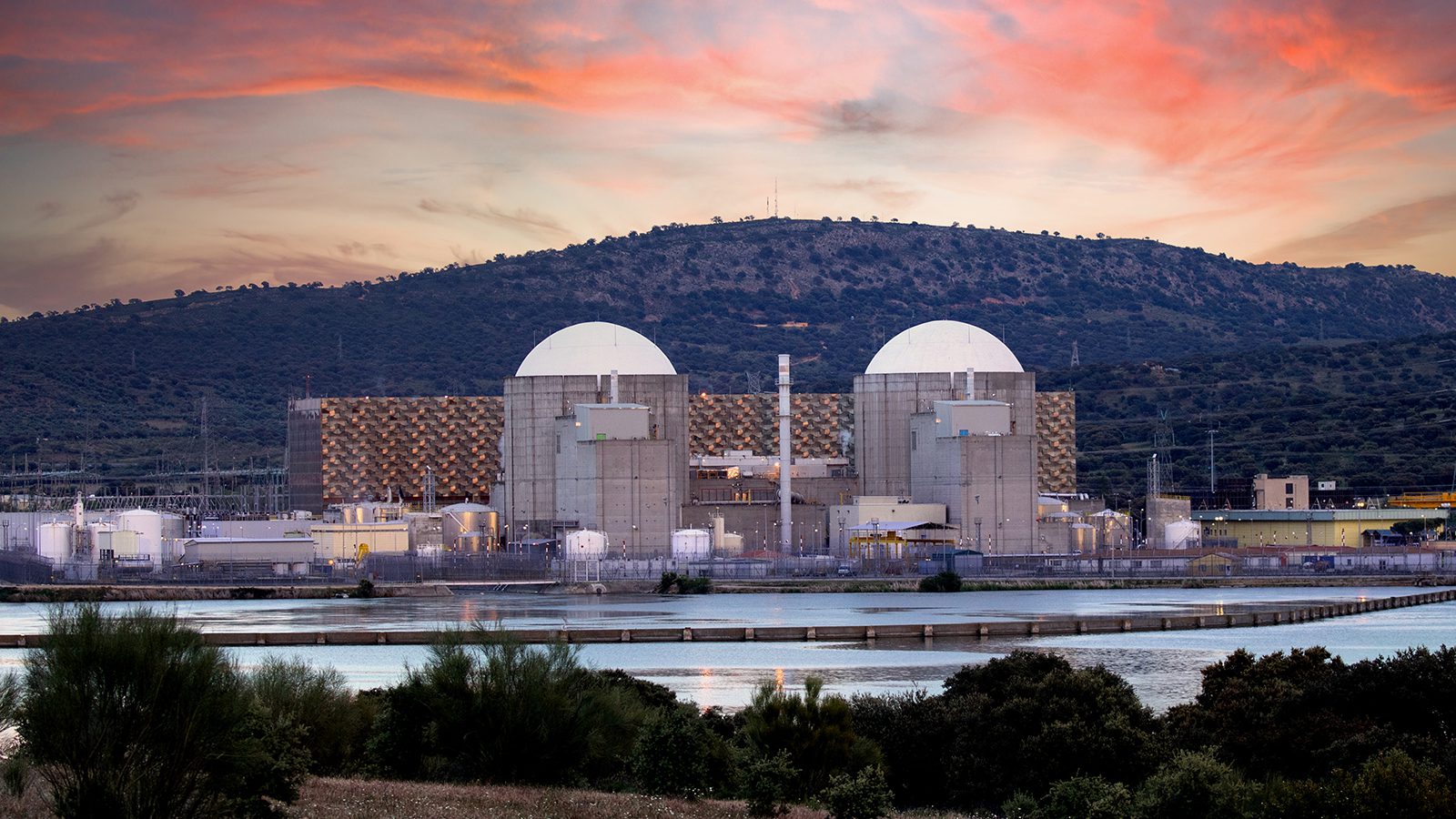New research shows that nuclear power may play a vital role in our quest to lower emissions. To prevent catastrophic damage from climate change, we must keep global average temperatures below 1.5 C relative to pre-industrial levels. Scientists have found that energy production must reach zero emissions globally by 2050 to achieve this goal.
Solar and wind power can significantly reduce emissions, but they may not provide enough energy for a zero emissions future alone.
“Renewable energy sources like wind and solar are great for reducing carbon emissions,” said Lei Duan, lead author of the study and researcher from the Carnegie Institution for Science. “However, the wind and sun have natural variation in their availability from day to day, as well as across geographic regions, and this creates complications for total emissions reduction.”
Natural gas can make up for shortfalls in wind and solar energy production. However, to generate zero-emission electricity, humanity needs another energy source to rely on for cloudy or windless days.
Prior studies have found that expanding solar and wind power installations could curb 80% of carbon emissions. However, we would need drastic infrastructure changes to accommodate the variability in these natural resources.
Producing clean energy with wind and solar alone would require enormous expansions in energy storage, transmission technology, and energy-generating infrastructure. While the costs of wind and solar continue to decline, investing solely in these energy sources doesn’t seem wise. We need other zero emissions electricity supplies to fall back on, such as nuclear power plants.
“To nail down that last 10 or 20 percent of decarbonization, we need to have more tools in our toolbox, and not just wind and solar,” Ken Caldeira, another lead author of the research from Carnegie’s Department of Global Ecology, explained.
Nuclear Power Could Propel Us to a Zero Emissions Future
Duan and Caldeira, along with researchers from TerraPower LLC and Gates Ventures LLC, wanted to assess the feasibility of nuclear power. To do this, they researched the wind and solar output of 42 countries. Next, they used this data to determine if nuclear power could replace natural gas as an affordable, alternative energy source.
In their analysis, researchers focused on identifying the countries that would benefit from installing nuclear power sooner rather than later. The team found that countries like the U.S. wouldn’t need to deploy nuclear power immediately.
The country boasts the perfect climate and geographic conditions for wind energy generation. So, nuclear power would only comprise a small portion of its energy mix.
Therefore, the U.S. should focus on ramping up wind and solar production and utilize nuclear only when necessary. However, nuclear power could facilitate a swift transition from fossil fuels in countries with poorer clean energy infrastructure, like Brazil.
“Under strict greenhouse gas emission controls, reliable power generation provided by nuclear power has a lot of potential value in the electricity grid for most nations,” Duan said in a statement.
“Places with poor wind resources can benefit from nuclear earlier in the path to zero emissions, whereas places with very good wind resources would only need it to get rid of the last traces of carbon emissions,” he added.
The team found that, along with being dependable, nuclear power could provide a low-cost alternative to other energy sources.
“Our analysis looked at the cheapest way to eliminate carbon dioxide emissions assuming today’s prices. We found that at today’s price, nuclear is the cheapest way to eliminate all electricity-system carbon emissions nearly everywhere. However, if energy storage technologies became very cheap, then wind and solar could potentially be the least-cost path to a zero-emission electricity system,” added Caldeira.
Their research appeared in the journal Nature Energy.
Why Nuclear Power is An Ideal Energy Source
• Surpassed only by hydropower, nuclear power generates the most low-carbon electricity worldwide. In the U.S., atomic energy comprises the largest share of carbon-free electricity, according to the U.S. Department of Energy (DOE). In fact, nuclear produces more than 50% of the nation’s zero-emissions energy.
• According to the Nuclear Energy Institute (NEI), the nuclear industry helped to avoid over 476 million metric tons of CO2 emissions in 2021. That equates to removing more than 100 million vehicles from roadways.
• Nuclear energy plants require significantly less land than solar and wind farms. According to the Department of Energy, a typical 1,000-megawatt atomic facility in the U.S. only requires about one square mile to operate. Compare that to wind farms requiring 360 times more land and over 430 wind turbines to generate equivalent electricity. Solar plants need 75 times more space and over 3 million solar panels to produce the same amount of energy as one nuclear reactor.
• Nuclear power doesn’t produce much waste. Nuclear fuel is about one million times denser than traditional energy sources. Because of this, spent nuclear fuel (the amount used to produce energy) equals about 2,000 metric tons per year. That may sound like a lot, but the materials produced over the last 60 years could fit on a football field at a depth of fewer than 10 yards.
• Nuclear technicians can also recycle used nuclear fuel to produce new power and byproducts. The U.S. does not currently recycle atomic byproducts, but some countries in Europe do. Nuclear technicians in the U.S. store used fuel rods securely at 76 reactor sites across 34 states. The spent fuel can remain at these sites safely until the government decides on a permanent, secure disposal solution.
Final Thoughts on Study Showing Nuclear Power Can Provide Affordable Clean Energy
According to Carnegie’s Department of Global Ecology research, nuclear power could be the cheapest path to zero emissions. In their study, researchers found that atomic energy could fill gaps in wind and solar electricity production. On cloudy or windless days, wind and solar power aren’t reliable. In these scenarios, nuclear provides a feasible contingency plan and may reduce the costs of clean energy. However, the team noted that future emissions-free electricity sources would depend on infrastructure advancements and energy storage capabilities.
















 Community
Community

